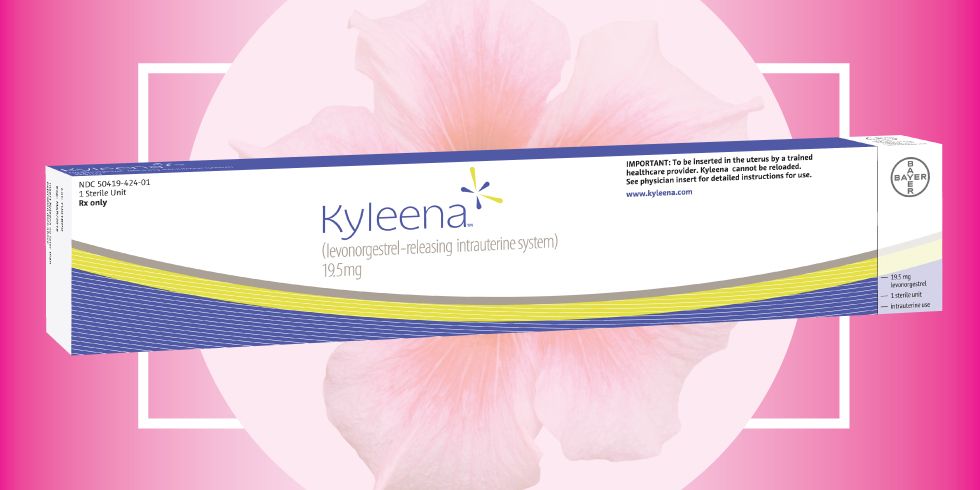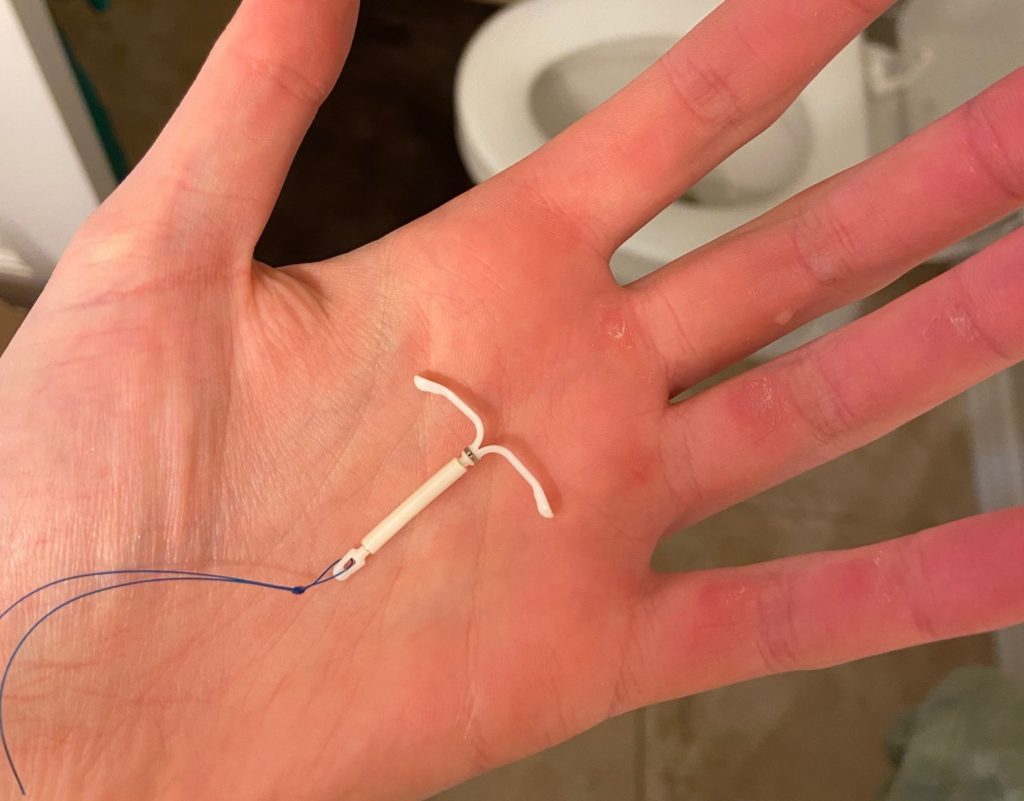Warning: I talk about periods and the female reproductive system in this article.
I first started birth control at the ripe old age of fifteen. I wasn’t sexually active at the time, so the main purpose of this one-a-day pill was to help manage my acne and control my periods. I didn’t notice any other symptoms of the pill when I went on it, but I was young and just wanted my acne to go away at any cost, so who knows what I was willing to overlook.
I stayed on the pill for years; the last package I ripped open was in May of 2020. At this point, I had a long-term boyfriend, and I was tired of maintaining the stress of needing to take a pill at a regular time every day, especially as a college student with an undependable schedule. I went to see my gynecologist to explore other forms of birth control, but I truly had my heart set on getting an intrauterine device, or an IUD. The IUD appealed to me because once it was in, I didn’t have to worry about it, and I also appreciated that it would generate less waste than birth control packaging does. My doctor recommended a small IUD made for teens who had never been pregnant called Kyleena.

For those unfamiliar with IUDs, they work by either stopping ovulation altogether, or by releasing hormones into the uterus that thicken the mucus on the cervix to prevent sperm from entering the uterus. There are also copper non-hormonal IUDs, and the copper lining on these kills the sperm before they can fertilize an egg. IUDs are inserted by your doctor through the cervix.
I got my IUD placed at the end of May in 2020. These devices stay functional for about five to seven years, so I was eager to get it over with so I wouldn’t have to worry about getting pregnant for the next several years. In order to be able to access the uterus, your doctor will prescribe a pill to stick up there to coax the cervix into widening. I did this before my appointment, but my doctor told me nothing about preparing for my insertion appointment pain-wise, and you will see why this will become an issue momentarily. Of course, it is not comfortable to have someone poking around down there with a cold metal rod, but the device goes even deeper than most examinations since it sits up in your uterus. The insertion of my IUD was one of the most painful things I have ever experienced, hands down. I experienced cramps that were about ten times worse than my typical period cramps, and I felt lightheaded from the pain. They graciously offered me an ibuprofen, which I inhaled because I still had to drive home to be back for work in the afternoon. When my sister went to see her doctor about getting her IUD, her doctor told her to take pain medicine before the insertion appointment. I was never given this information, so I was pretty pissed. I should not have driven home I was in so much anguish.
I tolerated this excruciating pain because I knew I would only have to endure it ever seven years or so. And after a few days, the cramps subsided and I got on about my life.
Over the summer, I had no issue with my IUD. I also didn’t get pregnant, so I can only assume it was working or that I’m just infertile. I broke up with my boyfriend in August 2020 and moved home, so I was no longer sexually active. In October, I started my period, and it didn’t stop for weeks. I figured something was wrong, but I wrote it all off as the “irregular period” symptom of the IUD. I use a menstrual cup, and it was constantly full of blood that was very liquid-y, unlike normal period discharge that is clumpy and viscous. I felt okay, so I dismissed all of these signs.
One morning, I went to empty my menstrual cup, and when I looked into it, there was my IUD floating in the fluid. It was in my menstrual cup. I washed it and stared at it in shock for minutes.

If the constant bleeding wasn’t a wake-up call to make an appointment with a gynecologist, my entire IUD expelling itself from my uterus sure was. Since we moved, I had to see a new doctor, and she told me that if I were to get another IUD, it was likely to fall out as well. I opted on getting a different type of long-term birth control that ejects into your arm, and I intend to write an article about it once I have more experience with it.
Overall, I would say that the IUD is a wonderful concept if you are told to take pain meds before they insert it and if it stays in your body. I really wish it would have worked for me, but I sincerely recommend trying it out to anyone with a uterus, especially young adults who aren’t too reliable at taking medicine on time every day!
1 thought on “My IUD Experience”
Comments are closed.